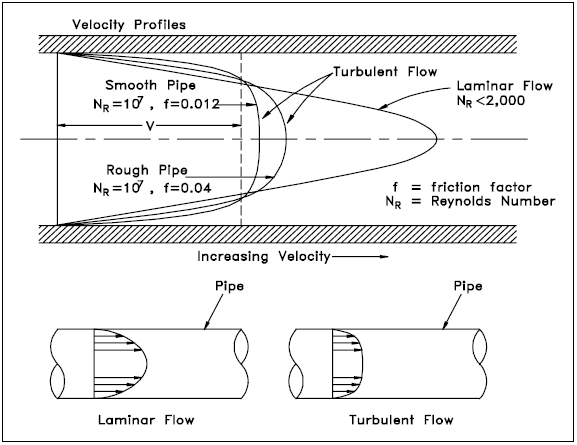Always one of the main variables that is discussed for upcoming vapes, the airflow.
As I'm fairly new to the hobby, I had presumed until recently that the more open the airflow the better. However I have seen many instances of people preferring less open.
I'm curious as to the mechanics of airflow. Does a more open airflow require a stronger pull? Does a tighter airflow kill a bowl faster, and in less hits? If so what are the potential physics behind this?
When a vape is too open/tight what are the negative variables associated with that?
What is an example vape that has your perfect airflow and why?
I'm open to any and all discussion as I'm very keen to learn more about this.
As I'm fairly new to the hobby, I had presumed until recently that the more open the airflow the better. However I have seen many instances of people preferring less open.
I'm curious as to the mechanics of airflow. Does a more open airflow require a stronger pull? Does a tighter airflow kill a bowl faster, and in less hits? If so what are the potential physics behind this?
When a vape is too open/tight what are the negative variables associated with that?
What is an example vape that has your perfect airflow and why?
I'm open to any and all discussion as I'm very keen to learn more about this.

